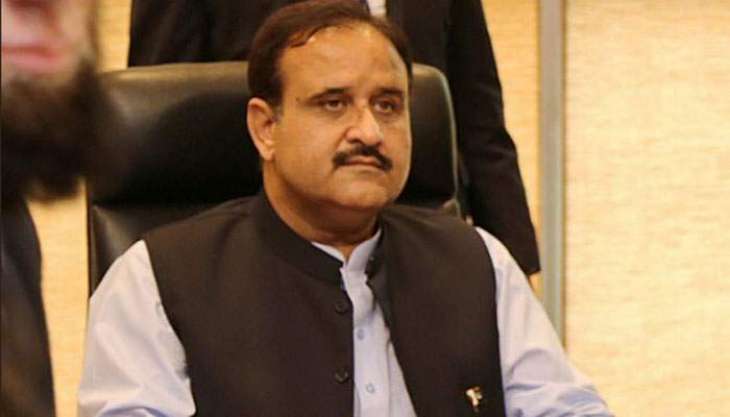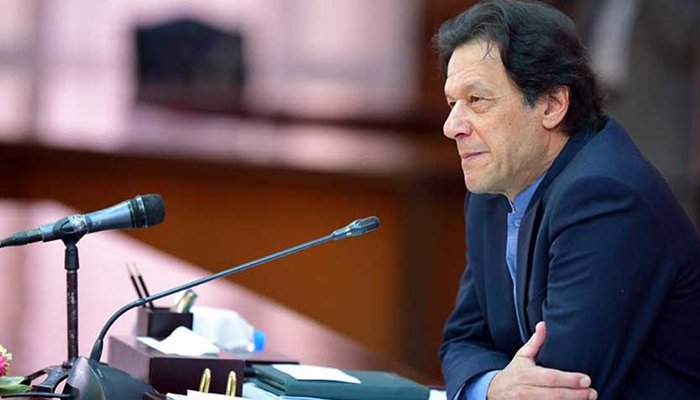مضمون کا ماخذ : گولڈ رش
Murad underlines the benefits of census
KARACHI: Sindh Chief Minister (CM) Syed Murad Ali Shah has said that there are legal and political impacts of census because it provides a basis for political representation in the assemblies, delimitation of constituencies, basis for distribution of funds from divisible pool and determination of quota for recruitment to all civil positions in the federal […]
KARACHI: Sindh Chief Minister (CM) Syed Murad Ali Shah has said that there are legal and political impacts of census because it provides a basis for political representation in the assemblies, delimitation of constituencies, basis for distribution of funds from divisible pool and determination of quota for recruitment to all civil positions in the federal government.
And, therefore, each and every one must be counted as well as foreigners and illegal immigrants.
According to a statement issued on Monday, The CM said this while presiding over a cabinet meeting at the New Sindh Secretariat.
All provincial ministers attended the meeting while the advisors to CM and special assistants attended the meeting through special invitation.
The Chief Secretary Rizwan Memon, IG Sindh AD Khawaja, Chief Statistician Asif Bajwan, NADRA representative Sohail and other senior officers attended the meeting.
The agenda of the cabinet includes law and order, food authority bill, conflict interest bills, law regarding collection of Ushr, panah Shelter Home and population and housing census.
Keeping everything else aside, Murad asked to see the presentation and discussion on population census, followed by briefing by the NADRA representative.
The chief statistician gave detailed briefing to cabinet on the census plan. He said that so far five censuses have been conducted which include 1951, 1961, 1972, 1981 and 1998.
The sixth population and housing census was due in 2008 but could not be held and now it would be conducted from March 15, 2017 as approved by CCI in its meeting held on December 16, 2016.
The cabinet was told that the house listing and census operation would be carried out in one go. Form-2 would be used in census operation while form 2-A would be filled in on sample basis after the census operation is over.
On this, Mukesh Kumar Chawla said that the form 2-A carries important information of migrations, age, disability and related things. “It is an important form and must be included in the census in a formal way,” Chawla said. The CM, taking the point of Chawla, said that he would take up the issue with the federal government.
Talking about the field operation methodology, the cabinet was informed that there was an enumeration method under which the information would be collected and recorded on questionnaires by going door to door.
The population count to be made at a usual place of residence. All the people residing in the country, except diplomats and refugees living in the camps, would be counted in the census process.
Under the field operation, house listing and population and housing census would be conducted in one go, meaning that the first three days for house listing followed by 10 days for census operation and one day for the homeless.
Census would be conducted in two phases and the operation would begin in all the provinces simultaneously.
The cabinet was told that there were 29 administrative districts and 146 census districts in the province which include 932 census charges, 5,132 census circles and 38,842 census blocks.
Each block would be completed in 14 days, the housing numbering would require three days, 10 days for filling up of form-2 and one day for enumeration of homeless population.
Two blocks would be assigned to one enumerator, each phase would be completed over a period of 30 days and second phase would begin with a gap of 10 days. One uniformed soldier would accompany each enumerator.
The details of the phase-wise field operation plan, as shared with the cabinet, says that the three-day house listing operation would start on March 15, Block-wise 10-day form-2 filing would start on March 18, one day enumeration of homeless population at one-day per block would be made on March 28 and the retrieval of filled documents and issuance of census material for 2nd block would start from March 29. The second phase would start house listing operation from May 11, 2017.
The cabinet was also told that, for complete coverage and effective field supervision, the country has been delimited on four tiers, the census district comprising of district, taluka, cantonments and agencies.
The cabinet was also informed that around 15,000 CNICs were issued to people of different areas of the province, but they have not collected them, therefore the NADRA was going to destroy them. On this, the CM advised the NADRA to make another attempt to deliver those cards to the concerned people. “My divisional and district administration would support you if you provide us a list of such cards,” he said.
Concluding the cabinet meeting, Murad said that the policy of the census should be very clear. Each and every person must be counted at right place.





.jpg)





